The tactility of textile art, with its diverse textures and materials, serves as a conduit to channel the essence of creative imagination into the fabric of artistic expression. Artists intricately weave threads and textiles, creating a tactile language that resonates with the lines, forms, and spaces which can be felt and understood. Curated by textile artist and product designer Adrienna Matzeg along with design writer and fibre artist Betty Wood, Artifacts is staged within the bulthaup's Toronto showroom and is a part of the 2024 DesignTO Festival. The art exhibition brings together eight textile artists from across North America to explore themes of architecture and memory through fibre art. The textile artworks on showcase, explore how locations—from abstract structures to abandoned buildings, recollected home settings, and architectural fragments—can serve as containers for both collective and individual memory. Every piece of art presents a distinct viewpoint on the constructed world and initiates a dialogue about our interactions with it.
Artifacts feature the work of fibre artists Adrienna Matzeg, Aliyah Salmon, Baylee Schmitt, Betty Wood, Claudia Gutierrez, Elycia SFA, Laura Carwardine and Yaw Tony. Their mediums range from intricate weavings, hand embroidery and silk-screen printing to crocheted furniture, needle punch and ‘yarn paintings’.
“Betty and I share an affinity for punch needlework. My focus is on exterior environments and Betty excels at capturing quiet interior moments. This realisation sparked the idea of collaborating on a textile show centred around spaces and memory,” shares Matzeg. Both tangible and recollected fragments are included in the term ‘artifacts’. A wide variety of textile expressions are on display in this exhibition. All the artworks on display have a strong theme of storytelling with an emphasis on how versatile textiles are as a medium. “Artifacts is an exploration of how textiles crystallise memory. How can we capture an experience, a space, a feeling in a way that brings comfort and joy?” Wood adds.
Every textile designer showcased in the exhibition uses fibres in their work differently and distinctively. The majority discuss the idea of space, whether it be real or imagined, thematically. Each artist engaged with the design language differently. Commenting on the works on display, Wood relays, “I think all the works take very traditional practices and apply them in a fresh and current way. They also honour an inherent sense of nostalgia that goes with memory and understanding where we are and how we came to be here.” Laura Carwardine and Claudia Gutierrez were both intrigued by the ‘hidden’ architectural systems and used blueprints as inspiration. Carwardine's creation, which depicts the convergence of walls and materials on an architectural plan, is constructed from nylon rope on CNC-cut plywood. Gutierrez's wall hanging is an embroidered ‘blueprint’ on linen using wool and acrylic yarn.
With products, items, and architectural elements unique to Black womanhood and the Afro-Caribbean diaspora, Aliyah Salmon creates a liminal environment. Form is given to 'things that no longer exist' by Baylee Schmitt. Her most recent body of art is memory-based; using crochet, she has constructed eerie soft sculptures that mimic her childhood kitchen.
Yaw Tony uses kaleidoscope colour to create his style of wearable artwork, drawing on his background as an architect and designer as well as his Ghanaian roots. Using parables, folktales, Ashanti proverbs, and architectural elements, they can be worn or hung to create magical, immersive visual worlds. The recent epidemic is captured in Elycia SFA's exquisite hand-woven and embroidered scenes, which depict moments and residential places. The two pieces she is showcasing are from her ongoing series, 'Home Life/still life' and they are filled with memories of intimate, 'ordinary' events.
The co-curator, Betty Wood’s work is based on 1920s architecture and fragments of demolished buildings in Toronto’s Guild Park, capturing a corner of her own East Toronto home and part of the razed home of Nobel prize-winning scientist Sir Frederick Banting in dialogue with each other. Adrienna Matzeg is presenting two new works based on a trip to the Algarve, Portugal, that explore how architectural souvenirs capture memories. She has 3D-printed fragments of architecture that she re-created in punch needle embroidery. She describes it as a way, of creating her souvenirs.
Elaborating on the theme of the exhibition, Matzeg shares “We celebrate traditional fibre technologies and methodologies while elevating them to the presentation of fine art. Textiles are something that we all interact with daily. It’s a familiar and approachable medium. Textile art is inherently comforting because of its tactility. I think that’s why it’s so appealing to such a broad range of people.” The evocative ability of textile art to capture the spirit of memory and architecture is demonstrated by Artifacts. Each artist emphasises the versatility of textiles as a medium by adding to a rich tapestry of storytelling with their unique approach to working with fibres. Artifacts is a compelling story that goes beyond convention, encompassing everything from liminal spaces that explore Black femininity to colourful wearable artwork, as well as nostalgic thoughts on demolished buildings and hidden architectural systems.






 Sign in with email
Sign in with email


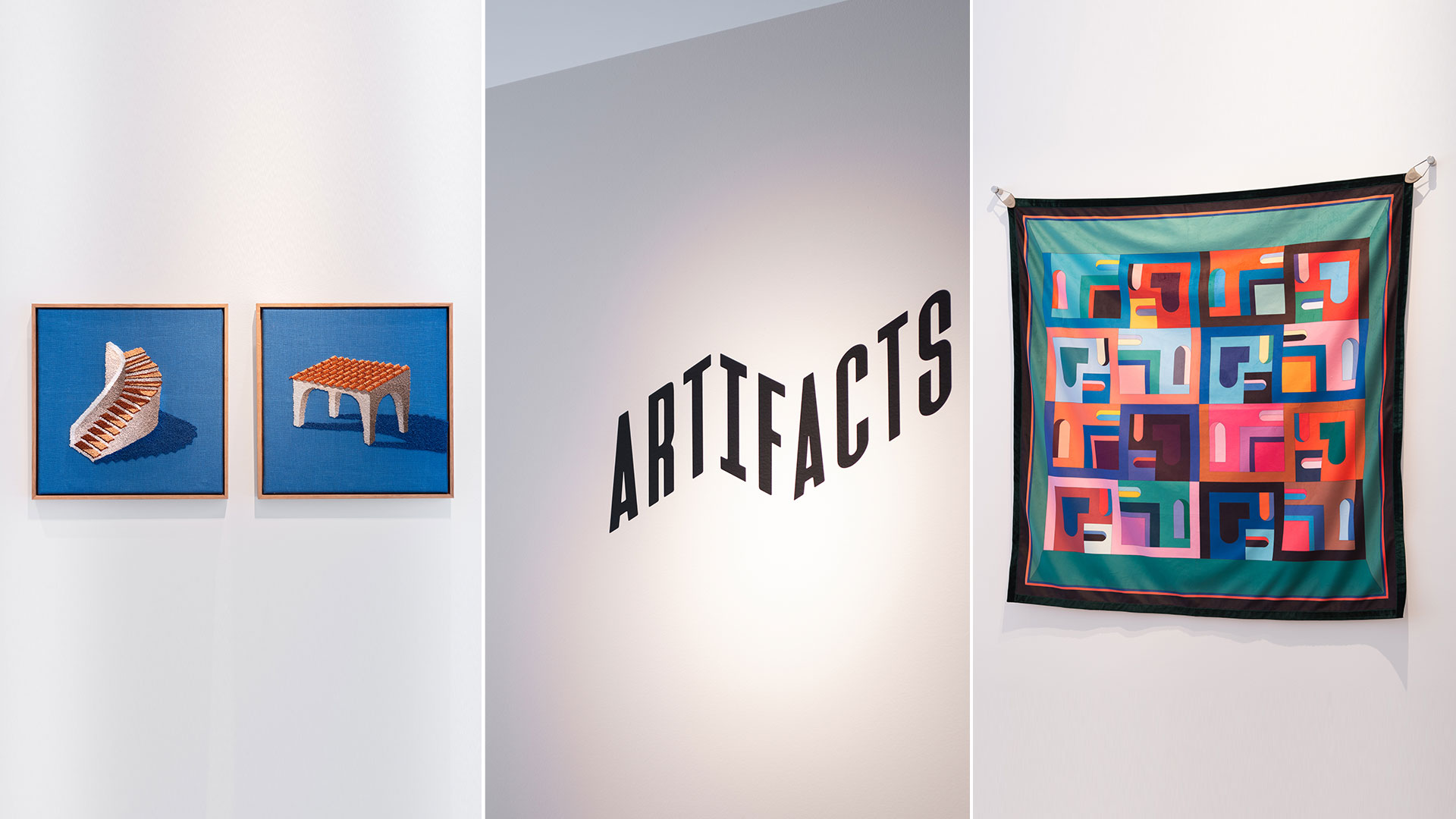
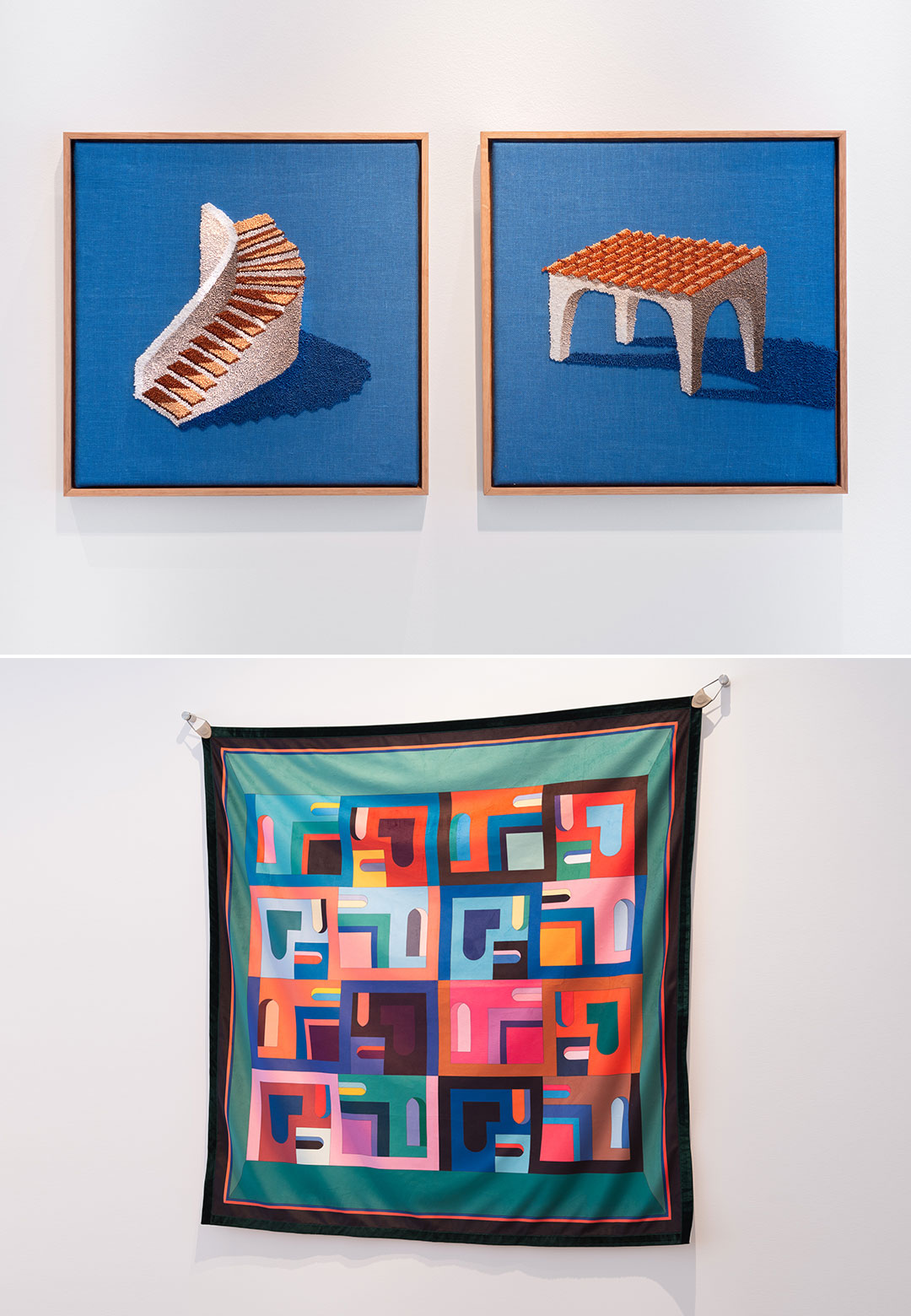
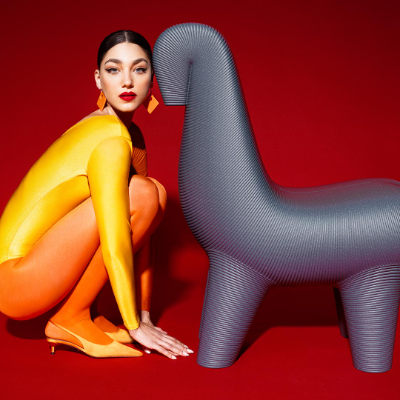
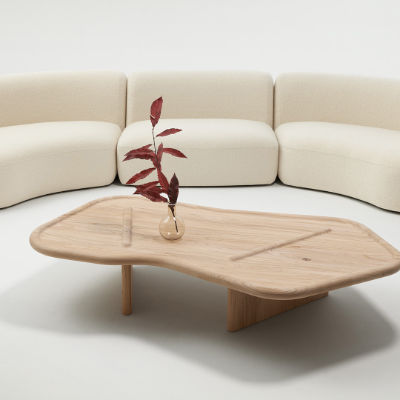
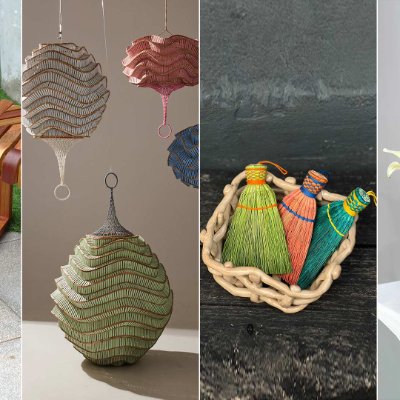
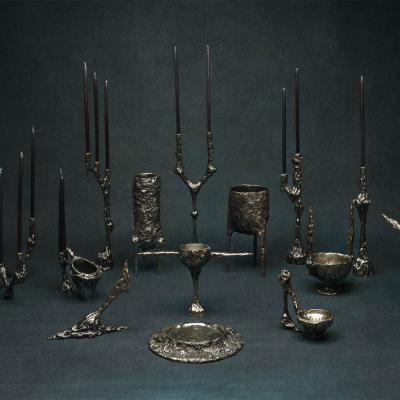
What do you think?